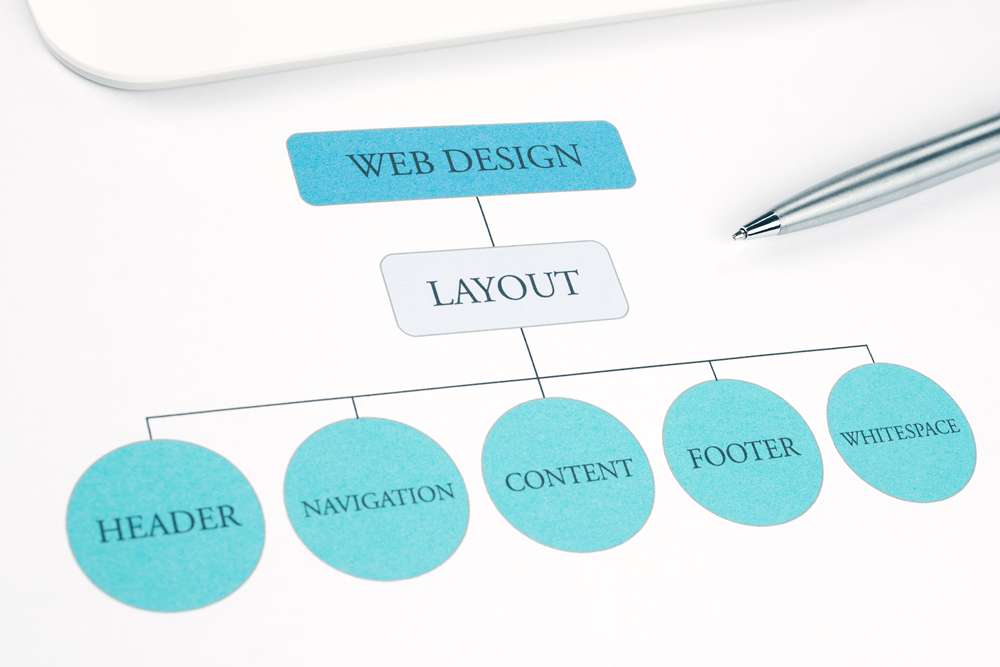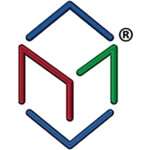Subscribe Here & Scroll down for Article!
 A Byte-Sized Insights Article!
A Byte-Sized Insights Article!
Byte-Sized Insights is the blog and newsletter page from The Little Web Design Shop, LLC located in Mount Olive, Mississippi. This blog invites guests to submit articles by emailing blog@webdesignshop.us.
Topics can include anything related to marketing, web design, brochure design, online services, social media, starting or selling a business, business management, and business legalities.
In today’s digital age, having a modern, well-designed website is crucial. It’s not just about looking good; it’s about creating a site that is functional, user-friendly, and aligned with current trends. This guide will walk you through the essentials of modern website design, from understanding the basics to showcasing your work effectively.
Key Takeaways
- Modern website design balances aesthetics with functionality to create user-friendly experiences.
- Typography and color schemes are vital elements that influence readability and brand identity.
- Responsive design techniques ensure that websites look great on all devices, from desktops to smartphones.
- User-centered design focuses on meeting the needs and preferences of the target audience.
- Optimizing website performance, including load times and mobile compatibility, is essential for user satisfaction and SEO.

Understanding the Basics of Modern Website Design
What Makes a Website Modern?
When we talk about modern websites, we’re looking at more than just a pretty face. Modern web design is about creating a seamless user experience that combines aesthetics with functionality. It’s about making sure that every element on the page serves a purpose and enhances the user’s journey.
Essential Design Principles
To create a modern website, we need to follow some key design principles:
- Simplicity: Keep the design clean and uncluttered.
- Consistency: Use a consistent layout and design elements throughout the site.
- Accessibility: Ensure the site is usable by everyone, including people with disabilities.
- Visual Hierarchy: Guide users’ eyes to the most important information first.
- Content: Make sure the content is relevant and engaging.
Balancing Aesthetics and Functionality
A modern website isn’t just about looking good; it also needs to work well. We need to find the right balance between aesthetics and functionality. This means using visual elements that are not only attractive but also enhance the user experience. For example, a beautiful button that is easy to find and click on is both aesthetically pleasing and functional.
Remember, a modern website should be both beautiful and easy to use. If it’s hard to navigate, users will leave, no matter how good it looks.
Key Elements of Effective Website Design
Designing a website isn’t just about making it look good. It’s about creating an experience that keeps users coming back. Let’s dive into the key elements that make a website effective.
Typography and Readability
Typography is more than just picking a font. It’s about ensuring your text is easy to read and fits your overall design. Choose fonts that complement your color scheme and graphics. Tools like Canva’s Font Combinator can help you find the perfect match. Remember, readability is key, so avoid overly fancy fonts that are hard to read.
Color Schemes and Branding
Colors play a huge role in how your website is perceived. Align your color scheme with your brand and the message you want to convey. While there are many theories about the psychology of color, it’s more important to focus on colors that work well together and fit your overall design.
Navigation and User Flow
Good navigation is crucial for a functional website. Your navigation should help first-time visitors discover what your site has to offer and give easy access to your pages for returning visitors. Make sure all critical pages are one-click away. Simplify the process of finding information and ensure your navigation is intuitive and easy to use.

Tools and Technologies for Modern Website Design
Creating a modern website isn’t just about looks; it’s also about using the right tools and technologies. Let’s dive into some of the essentials that can make your website stand out.
Popular Design Tools
When it comes to design tools, there are plenty to choose from. For beginners, Wix and WordPress are fantastic because of their easy drag-and-drop features. If you’re more advanced, you might prefer Adobe Dreamweaver or Figma. These tools offer deep customization and responsiveness, making them perfect for more complex projects.
Responsive Design Techniques
Today, with everyone using mobile devices, your website must work well on any screen. Use responsive design to ensure your site looks great and works perfectly on different devices. This way, everyone has a great experience, no matter what they use. In 2024, things like interactive elements and neomorphic design will be big for making websites that fit all screens. They make the site not just pretty but also easy and fun to use. This is what people expect from modern websites.
Integrating Modern Web Technologies
The best technology for web development in 2023 includes Vue.js, Node.js, GraphQL, JAMstack, Progressive Web Apps (PWAs), and Single Page Applications (SPAs). These technologies help make your website faster, more interactive, and easier to maintain. By integrating these modern web technologies, you can ensure your site is up-to-date and provides a seamless user experience.

Trends Shaping Modern Website Design
Dark Mode and Minimalism
Dark mode is the new black. It’s everywhere, from websites to mobile apps. Dark mode reduces eye strain, making it easier for users to interact with your site for longer periods. Plus, it gives a sleek, modern look that many users love. Minimalism goes hand-in-hand with dark mode. By using fewer elements, you can create a clean, focused experience that highlights your content.
Micro-Interactions and Animations
Micro-interactions are small animations or design elements that respond to user actions. They make your site feel more interactive and engaging. Think of a button that changes color when you hover over it or a form that shakes if you enter the wrong password. These little touches can make a big difference in user experience.
Custom Illustrations and Graphics
Custom illustrations are a great way to make your website stand out. They add a personal touch and can convey your brand’s personality better than stock photos. Animated illustrations are also becoming popular. They can make your site more dynamic and engaging, helping to keep users on your page longer.
When you think about web design trends for 2024, think of custom illustrations, animated cursors, and blending photos with graphical elements.
Creating User-Centered Website Designs
Understanding User Needs
To create a website that truly resonates with users, we need to prioritize the user in every step of the design process. This means understanding their needs, preferences, and pain points. By doing so, we can craft a website that not only looks good but also provides a seamless and enjoyable experience.
Usability Testing
Great usability starts with in-depth research, tests, and consistent fine-tuning. Be ready for multiple iterations and trials, and fix errors to yield the best results. If you feel like implementing usability tips is challenging, you can always address this issue with professional tools.
Accessibility Considerations
Making website design fully accessible is not that hard. It does not require extra budget or skills. Though you may need to spend time making adjustments to an existing website, nevertheless, it is still easy. Follow these steps to bridge the gap between people with disabilities and your website. As a partner of accessiBe, we at The Little Web Design Shop understand the needs to ensure that your website is accessible to everyone – check out this article on the topic – Increase your Websites Reach with Accessibility
Optimizing Website Performance
Speed and Load Times
No one likes a slow website. Having to wait more than a few seconds for a page to load can quickly deter a visitor from staying on or coming back to your site. Here are some tips to speed things up:
- Compress images and files
- Use a Content Delivery Network (CDN)
- Minimize HTTP requests
- Enable browser caching
SEO Best Practices
A website’s structure plays an important role in both user experience (UX) and search engine optimization (SEO). Your users should be able to easily navigate through your website without encountering any structural issues. If users are getting lost while attempting to navigate through your site, chances are “crawlers” are too. A crawler (or bot) is an automated program that searches through your website and can determine its functionality. Poor navigation can lead to a poor user experience and site ranking. Please review our blog archives for more SEO articles – here is a link to one Day 5 – SEO Tips of the Day
Mobile Optimization
More people are using mobile devices to browse the web than ever before. Make sure your site looks and works well on all devices, from desktops to smartphones. Here are some tips:
- Use responsive design techniques
- Test your site on multiple devices
- Optimize touch elements for mobile users
Remember, a fast and well-optimized site not only keeps visitors happy but also improves your search engine rankings.
Showcasing Your Work: Building a Portfolio
Selecting Your Best Work
When it comes to building a portfolio, choosing your best work is crucial. You want to highlight projects that not only showcase your skills but also align with the type of work you want to attract. Think about the projects that made you proud and received positive feedback. These are the ones that should make the cut.
Creating Case Studies
Case studies are a fantastic way to give potential clients a deeper understanding of your work process. Break down your projects into easy-to-follow steps, from the initial concept to the final product. Include challenges you faced and how you overcame them. This not only shows your problem-solving skills but also your ability to deliver results.
Promoting Your Portfolio Online
Once your portfolio is ready, it’s time to get it out there. Share it on social media, add it to your email signature, and don’t forget to optimize it for search engines. The more visibility your portfolio gets, the better your chances of attracting high-quality clients. Remember, a portfolio website is one of the best ways to showcase your work for future clients.
Conclusion
So, there you have it! We’ve covered a lot about modern website design, from the basics to the latest trends. Remember, a great website isn’t just about looking good—it’s about working well and making users happy. Keep things simple, stay updated with new tools and techniques, and always think about your users’ needs. Whether you’re a newbie or a pro, these tips will help you create websites that not only look awesome but also perform brilliantly. Happy designing!
Frequently Asked Questions
What defines a modern website?
A modern website features a clean design, easy navigation, and is mobile-friendly. It uses the latest web technologies and follows current design trends.
Why is typography important in website design?
Typography ensures that the text on your website is easy to read and visually appealing. Good typography helps guide users through the content smoothly.
How do color schemes affect branding?
Color schemes play a crucial role in branding by evoking emotions and creating a memorable experience. The right colors can make your brand more recognizable and appealing.
What are the benefits of responsive design?
Responsive design allows your website to adapt to different screen sizes, providing a better user experience on both desktop and mobile devices. It helps in retaining visitors and improving SEO.
Why should I consider usability testing?
Usability testing helps identify issues that users might face while navigating your website. It ensures that your site is user-friendly and meets the needs of your audience.
How can I improve my website’s load time?
Improving load time can be achieved by optimizing images, using efficient coding practices, and leveraging browser caching. A faster website enhances user experience and boosts SEO.
The Ultimate Guide to Modern Website Design
About the Author
Alyson Stasek is the owner of The Little Web Design Shop, LLC based in Mount Olive, Mississippi. The Web Design Shop works with small businesses to help them with their online identity, website, social media, marketing, and search engine optimization.
Essentially, The Web Design Shop helps small businesses to grow, succeed and to develop an online identity and brand that will take them into the future. This can include helping right from the beginning and the initial concept for a company. Services include designing of a logo, writing a business plan, domain & hosting purchases, email, and set up social media accounts, in addition to web design, development and marketing support.
The road is long, and full of distractions and hazards. Let The Little Web Design Shop help guide you and support you.
www.WebDesignShop.us | Office 601 667 0009 | info@WebDesignShop.us | Cell 601 439 0932
Drone Video & Imagery can be contracted via our business partner, Mac’s Aerial – Charles@MacsAerial.com | 601-439-0906 | www.MacsAerial.com














Leave a Comment: